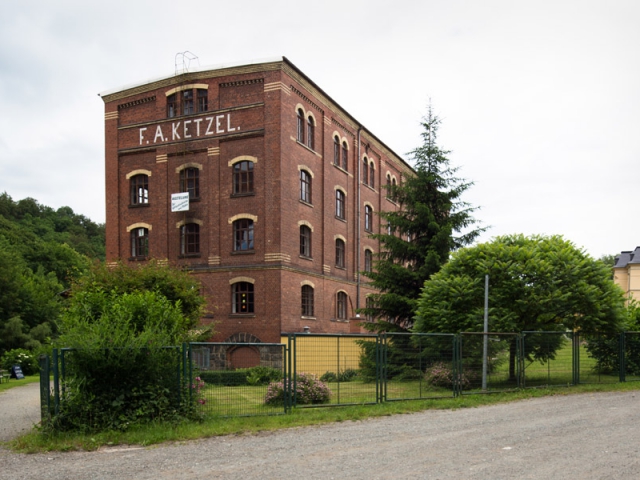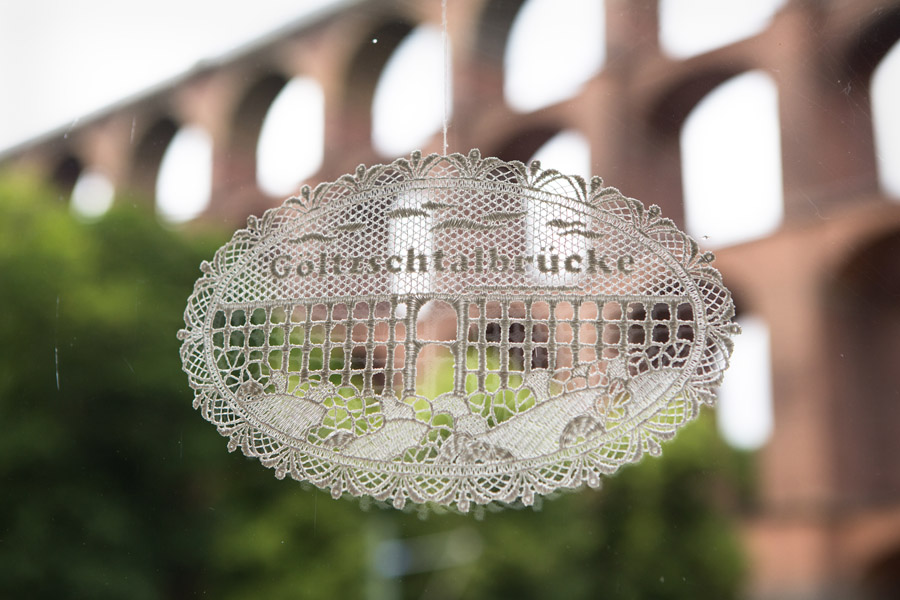Origin of the project was the revolutionary construction of the rail route Leipzig-Hof in 1845. This meant to be a huge progress for travelling, especially for businessmen. However, within this plan one had to overcome one of the greatest challenges – the deep and curvy valley of the river Göltzsch. Few financial means let the Saxon-Bavarian railway company start a courageous try – a competition. They were looking for a “little brain” which should create a favourable construction concept and design for the bridge. The winner of the competition would earn a prize money of 1000 thaler. The competition was published within the most important newspapers and gained a lot of interest. But don’t cheer too soon! None of the altogether 81 designs was able to resist the high dynamic loading of the rail movement and therefore none was realised.
As a result, Professor Johann Andreas Schubert, head of the assessment commission, had to create his own design. He undertook static calculations which guaranteed the stability of the bridge. However, the professor was not only a master of calculation and mathematics, he also planned efficiently. Together with construction engineer Robert Wilke he chose an extraordinary building material for bridges: bricks. Not because he especially liked them but rather because only 20 Kilometres away there were a lot of brickyards located, so that the transportation of the bricks was cheap and easy. How convenient!





